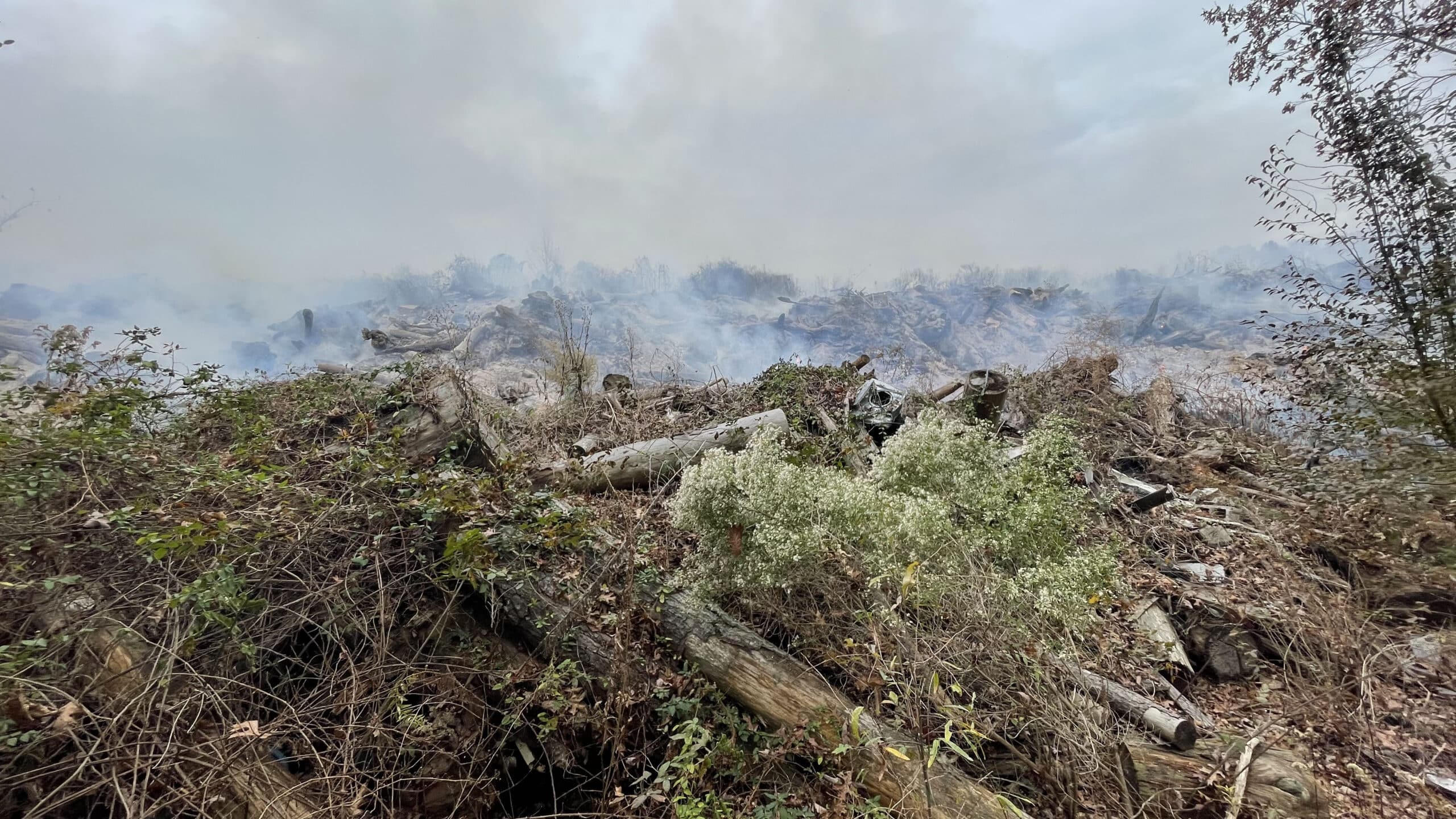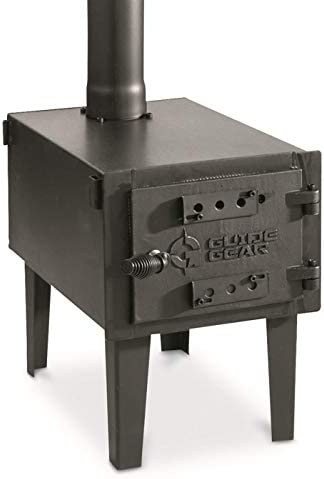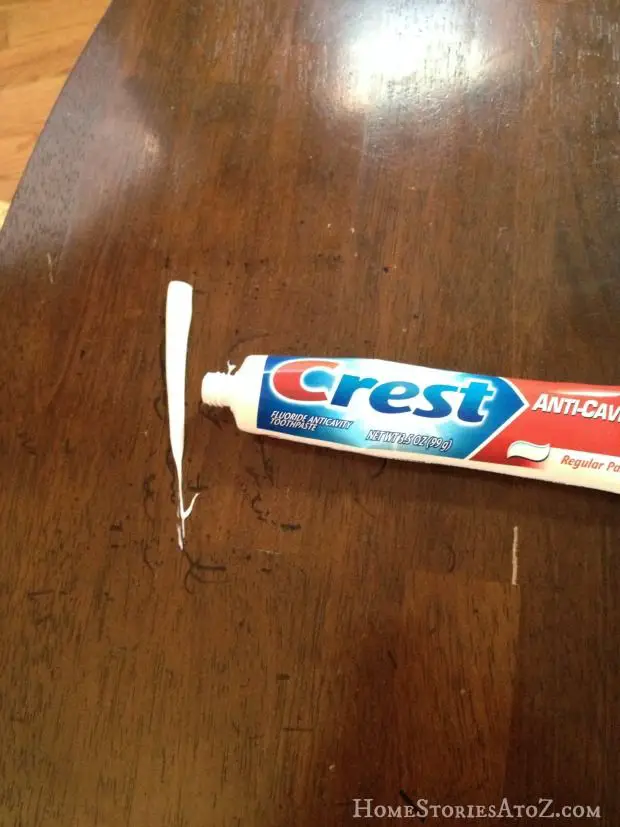What is Punky Wood: Uncovering its Phenomenal Qualities
Have you ever come across wood that looks decayed and crumbly, yet surprisingly light and soft? You may have stumbled upon what is known as “punky wood.” Punky wood, also referred to as punk wood, is a type of wood that has undergone a process of decomposition, resulting in a unique and often misunderstood material. In this article, we will explore the characteristics of punky wood, how to identify it, its uses, and how to work with it in various woodworking projects.
Characteristics of Punky Wood
Punky wood is characterized by its soft, spongy texture and light weight. It is the result of a fungal decay process that breaks down the wood fibers, leaving behind a network of degraded material. This degradation gives punky wood its distinctive crumbly appearance, often resembling dry, rotted sponge. Despite its decayed nature, punky wood can still retain some structural integrity, making it suitable for certain applications.
One of the key features of punky wood is its porosity. The decay process creates numerous air pockets within the wood, making it lightweight and easy to work with. Additionally, punky wood tends to be more pliable than solid hardwood, allowing for flexibility in shaping and carving.
Identifying Punky Wood
Identifying punky wood can be a crucial skill for woodworkers, as it can often be mistaken for wood that is simply old or weathered. Here are some common signs that can help you identify punky wood:
- Soft and Crumbly Texture: When touched, punky wood will feel soft and may crumble easily, unlike solid, intact wood.
- Fungal Growth: Look for the presence of fungal spores, mold, or visible signs of decay on the wood surface.
- Weight: Punky wood is notably lightweight compared to its solid counterpart due to the loss of density during the decay process.
- Sound: Tap the wood with a tool or your knuckles – punky wood produces a hollow, dull sound compared to solid wood.
Uses of Punky Wood
While punky wood may not be suitable for traditional load-bearing applications, it has several unique uses in woodworking and artisan crafts:
| Application | Description |
|---|---|
| Wood Carving | Punky wood’s soft and pliable nature makes it ideal for intricately carving designs and patterns. |
| Filler Material | Ground punky wood can be used as a natural filler for cracks and voids in woodworking projects. |
| Art and Sculpture | Artisans often use punky wood for its unique texture and appearance in creating sculptures and artistic pieces. |
Working with Punky Wood
When working with punky wood, it’s important to take specific considerations into account:
- Stabilization: To prevent further decay and crumbling, stabilize punky wood using wood stabilizing solutions that can penetrate and harden the material.
- Sealing: Apply wood sealants and finishes to protect the wood and enhance its appearance.
- Support: When using punky wood in structural elements, consider reinforcing it with epoxy or other strengthening materials.
It’s important to note that punky wood may not be suitable for every woodworking project, and its use should be carefully evaluated based on the specific requirements and desired outcome.

Credit: wbhm.org
Frequently Asked Questions On What Is Punky Wood: Uncovering Its Phenomenal Qualities
What Is Punky Wood?
Punky wood is partially decayed wood, often found in damp conditions, and is softer than regular wood.
How Is Punky Wood Formed?
Punky wood forms when fungi decompose the cellulose and lignin in wood, leaving a spongy, lightweight material.
Is Punky Wood Still Usable?
While punky wood may seem unusable, it can be stabilized and used for certain woodworking and crafting projects.
What Are The Uses Of Punky Wood?
Punky wood is commonly used for intricate woodcarving, woodturning, and as a base for wood fillers and wood hardeners.
Conclusion
Punky wood offers a unique and versatile material for woodworking and artistic endeavors. Its distinctive characteristics and potential for creative applications make it an intriguing choice for artisans and woodworkers alike. By understanding how to identify and work with punky wood, you can unlock its potential and incorporate it into your projects, adding a layer of uniqueness and character to your creations.
Whether you’re carving intricate designs, filling voids, or exploring the artistic possibilities, punky wood invites a creative approach to woodworking that stands out from traditional wood materials.



